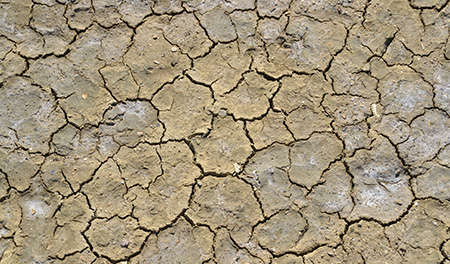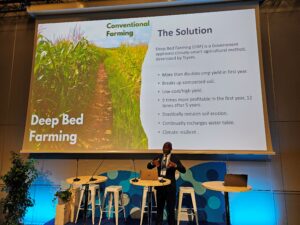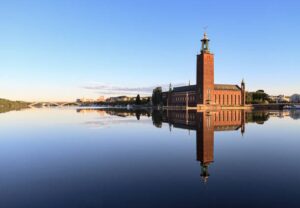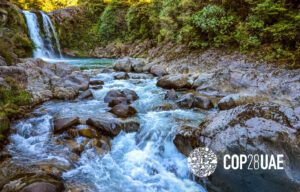A step closer to a new global climate agreement
The answers to these questions are yet to come. But for now, things are looking up. This week, I attended the second session of the AD Hoc Working Group on the Durban Platform for Enhanced Action (ADP) in Bonn.
The purpose of the meeting was to accelerate the work on producing a draft negotiating text for COP20 in Lima in December. The preparatory work is critical, as the success of the negotiations in Lima will be a pivotal step for the parties to reach a binding global climate agreement at COP21 in Paris 2015.
Needless to say, this is not easy work. The agreement needs to be applicable to all parties involved and there are indeed disagreements. One burning issue is the historic perspective on mitigation, whether and how the Common But Differentiated Responsibilities and Respected Capabilities should be considered. All member states naturally have a responsibility to act to our common climate change challenge, but our capabilities vary.
What most parties want is a legally binding agreement reinforcing the convention, not to reinvent the wheel. This means using existing arrangements with national contributions dependent upon national priorities with mechanisms to mitigate, and a strong focus on adaptation measures.
The week comprised discussions relating both to the first and second work streams of the ADP. Work stream 1 refers to the post-2015 agreement, which will be taken into force by 2020, whilst work stream 2 regards the pre-2020 ambitions. The negotiations under the two work streams are of course entangled, regarding for example renewable energy and efficient mitigation efforts, and it was stated that the pre-2020 financing will be a cornerstone, a confidence builder for the commitments post-2020.
When discussing implementation, capacity building, technology transfer and finance are of central importance. Finance is perhaps the most crucial element, as any promises must be secured within the respective countries’ economies.
Energetic discussions took place whether the post-2015 agreement should anchor the new Loss & Damage mechanism and whether adaptation should have a global goal or be encompassed within the new agreement. India, China and South Africa raised the relationship between adaptation measures and mitigation ambitions, emphasising the link to water resources in issues such as water scarcity, coastal zone management and drought.
At Wednesday’s stock taking meeting, it was decided that the next Bonn meeting in June would establish a contact group responsible for taking the work forward. The group will ensure that a draft negotiating text ready in time for Lima. What we need are champions to steer towards robust promises, concrete target (including finance) with clear reporting and transparency in the modalities, pushing towards a resilient, low carbon global economy.
Notably, there were some disappointments by fairly disillusioned members of parties but the week in Bonn also encompassed widespread feelings of hope, willingness and determination that we will indeed reach a successful agreement in Paris.








